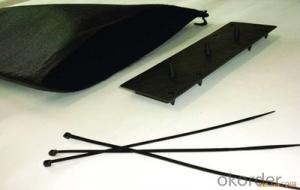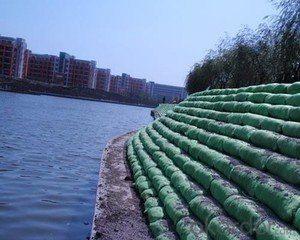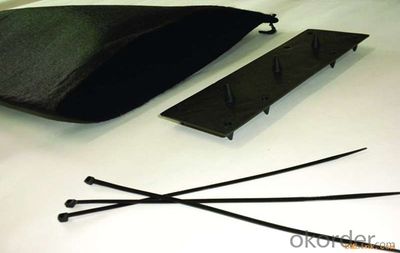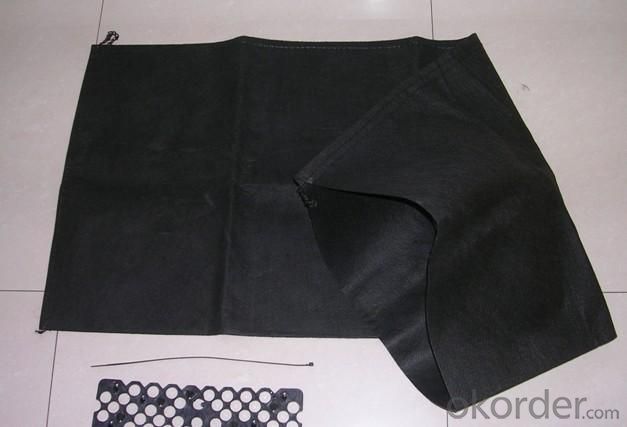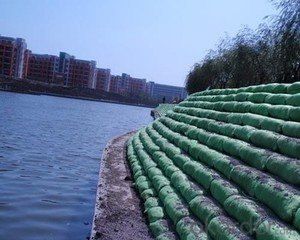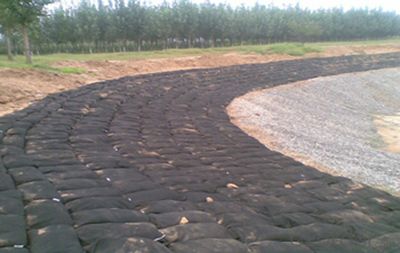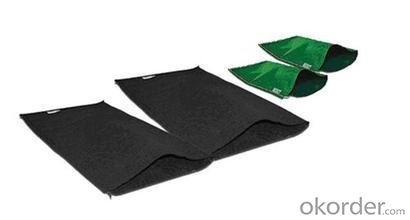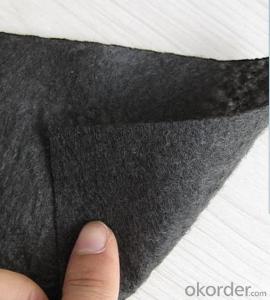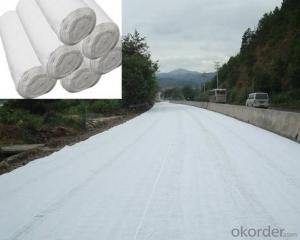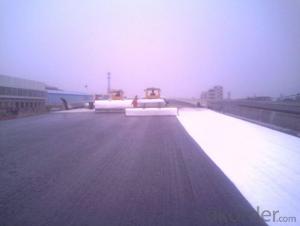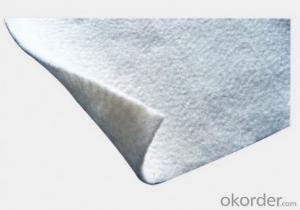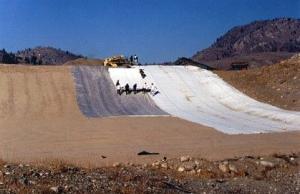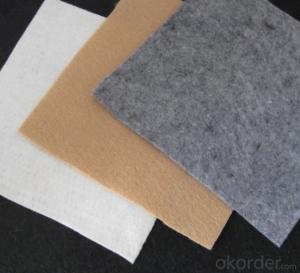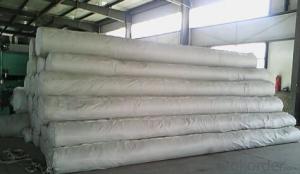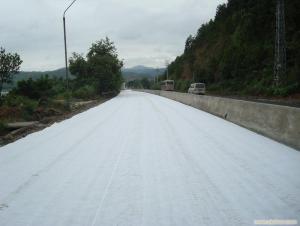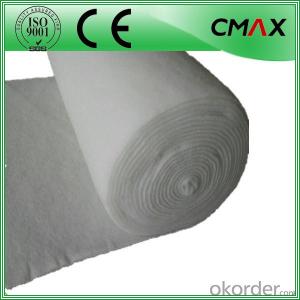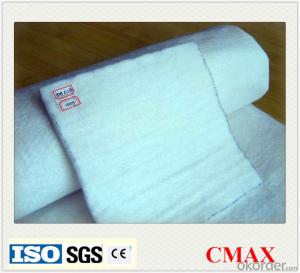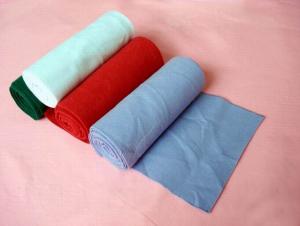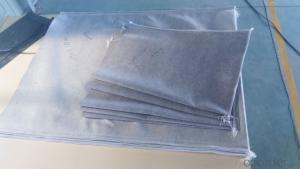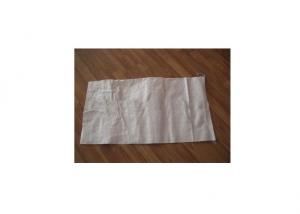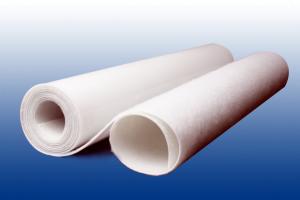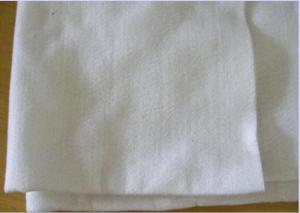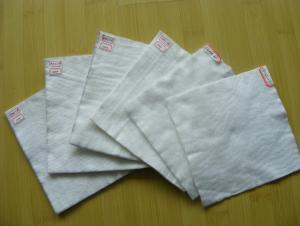PET/PP Nonwoven Geo Bag with CE Certification
- Loading Port:
- Qingdao
- Payment Terms:
- TT OR LC
- Min Order Qty:
- 30000 pc
- Supply Capability:
- 500000 pc/month
OKorder Service Pledge
OKorder Financial Service
You Might Also Like
Description Of PET/PP Nonwoven Geo Bag
Geo bag
Bags processed from non-woven polypropylene (PP) or polyester (PET) as a raw material made of double-sided ironing acupuncture.
Take full account of the many disciplines of materials, mechanics, hydraulics, biology, botany and other requirements under the premise, the thickness of the UV resistance of ecological bags, per unit mass, physical and mechanical properties, shape, fiber type, the way by force, direction, geometric dimensions and Permeability and meet the equivalent aperture and other indicators of plant growth rigorous screening, anti-UV (UV), anti-aging, non-toxic, non-combustion, the gap does not extend the characteristics of truly zero pollution. Used primarily for the construction of flexible ecological slope. The greening of the eco-bag slope protection, barren hills, mine repair, one of the highway slope greening, riverbank slope protection, river regulation, construction methods.
Main Features of PET/PP Nonwoven Geo Bag
1. Eco Bags: shopping bags, suit bags, promotional bags, gift bags, tote bag, etc.
2. Home Textiles: table cloth, disposable cloth, furniture upholstery, pillow & sofa cover, spring pocket, mattress and quilt, dust cover, storage box, wardrobe, one-time hotel slippers, gift packing, wall paper, etc.
3.Interlining: shoes, garments, suitcase, etc.
4. Medical/ Surgical: surgery cloth, operation gown and cap, mask, shoe cover,etc
5. Agriculture: UV treated products used in agriculture, plant bag, keep fruit warm cover, crop cover/mulch, agricultural antifreeze tents, etc.
6. Car/ Auto cover and upholstery
Specifications of PET/PP Nonwoven Geo Bag
| No. | Specification(g/m2) | 100 | 150 | 200 | 250 | 300 | 350 | 400 | 450 | 500 | 600 | 700 | 800 | 1000 | Remark |
| 1 | Weight deviation, % | -8 | -8 | -8 | -8 | -7 | -7 | -7 | -7 | -6 | -6 | -6 | -6 | -6 | |
| 2 | Thickness, mm≥ | 0.9 | 1.3 | 1.7 | 2.1 | 2.4 | 2.7 | 3 | 3.3 | 3.6 | 4.1 | 4.5 | 5 | 5.8 | |
| 3 | Width deviation,% | -0.5 | |||||||||||||
| 4 | Breaking strength, KN/m ≥ | 2.5 | 4.5 | 6.5 | 8 | 9.5 | 11 | 12.5 | 14 | 16 | 19 | 22 | 25 | 31 | MD and CD |
| 5 | Breaking elongation,% | 25~100 | |||||||||||||
| 6 | CBR bursting strength, KN≥ | 0.3 | 0.6 | 0.9 | 1.2 | 1.5 | 1.8 | 2.1 | 2.4 | 2.7 | 3.2 | 3.7 | 4 | 5 | |
| 7 | Sieve Size O90 mm | 0.07~0.2 | |||||||||||||
| 8 | Vertical permeability | Kx(10-1~10-3 ) | K=1.0 ~9.9 | ||||||||||||
| coefficient, cm/s | |||||||||||||||
| 9 | Tear strength, KN≥ | 0.08 | 0.12 | 0.16 | 0.2 | 0.24 | 0.28 | 0.33 | 0.38 | 0.42 | 0.46 | 0.53 | 0.6 | 0.75 | MD and CD |
PET/PP Nonwoven Geo Bag Images
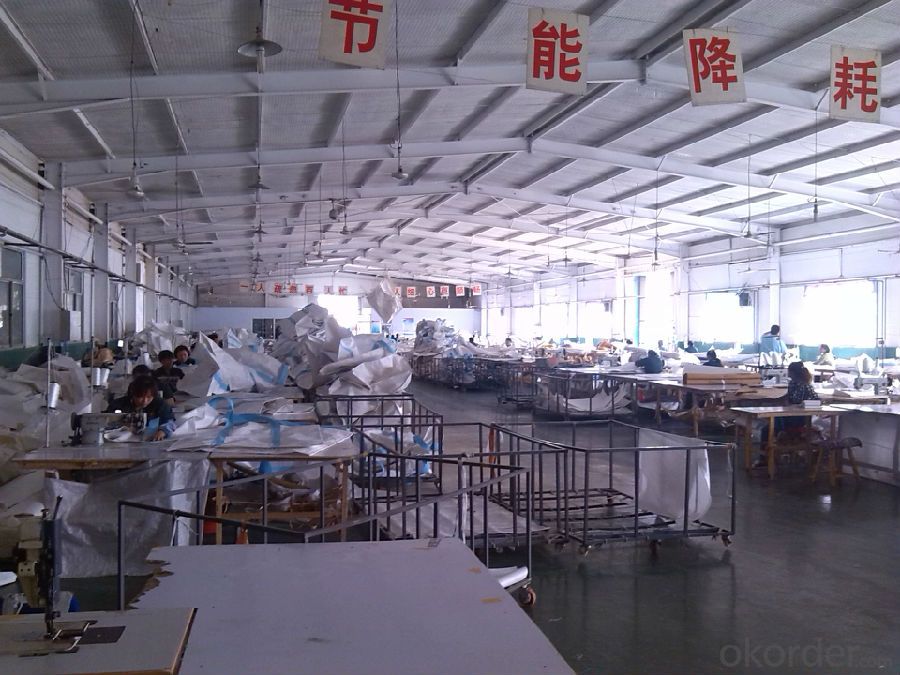
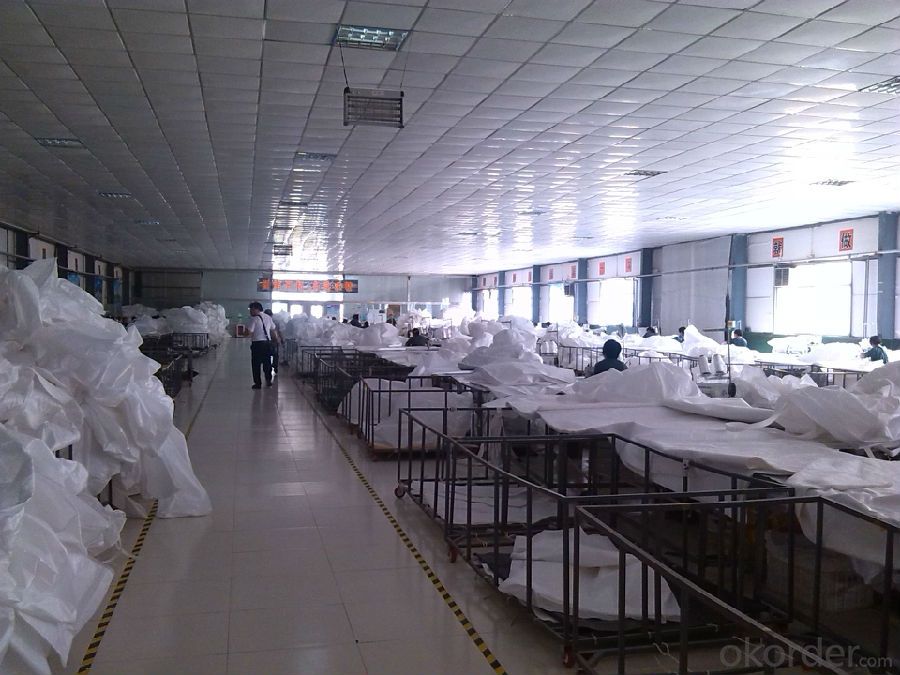
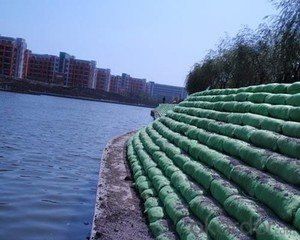
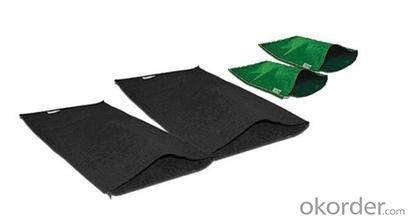
FAQ
1. Do you supply free samples for customers?
Yes,we will supply free samples for you.Please send your address for us.
2. How Many years experience do you have?
We have been exported to more than 20 countries in the past 15 years.
3. How long do we usually reply your request?
We always reply our customer within 24 hours.
- Q: What are the factors affecting the selection of geotextiles?
- The factors affecting the selection of geotextiles include the type and severity of the application, desired performance characteristics such as strength and filtration properties, site conditions such as soil type and slope stability, environmental considerations such as chemical resistance and durability, and cost-effectiveness.
- Q: How do geotextiles affect plant growth?
- Geotextiles can positively impact plant growth by providing a stable environment for roots, preventing soil erosion, and promoting moisture retention. Additionally, they control weed growth, regulate soil temperatures, and enhance nutrient availability, ultimately leading to healthier and more productive plants.
- Q: How do geotextiles help with slope stabilization?
- Geotextiles help with slope stabilization by providing erosion control, reinforcement, and drainage. They act as a barrier to prevent soil erosion, retain soil particles, and allow water to drain through the fabric, reducing the buildup of excess water pressure. Additionally, geotextiles enhance the stability and strength of slopes by distributing loads and limiting soil movement, thus preventing landslides and slope failures.
- Q: How do geotextiles help in preventing the growth of weeds?
- Geotextiles help in preventing the growth of weeds by acting as a physical barrier between the soil and the environment. These synthetic fabrics are placed over the soil, suppressing weed growth by blocking sunlight, which weeds need for photosynthesis. Geotextiles also inhibit weed root penetration, preventing them from establishing a strong foothold in the soil. Additionally, the fabric allows water and nutrients to pass through, promoting healthy plant growth while suppressing weed development.
- Q: Are geotextiles resistant to rodent penetration?
- Yes, geotextiles are generally resistant to rodent penetration. They are designed to have a dense structure and strong construction that discourages rodents from burrowing or chewing through them. However, it is important to note that while geotextiles offer resistance, they may not be completely impervious to all types of rodents.
- Q: Are geotextiles resistant to biological clogging?
- Yes, geotextiles are generally resistant to biological clogging. They are designed to allow water to flow through while preventing soil particles and other debris from clogging the material. This helps maintain the permeability and effectiveness of the geotextile in various applications such as drainage systems, erosion control, and filtration.
- Q: Geotextile geomembrane factory need to record, certificate, inspection report?
- Do not need to see if the time is not your company's chapter to know ah
- Q: Precautions for Polyester Filament Geotextiles
- Geotextile storage to meet the following requirements: the Treasury clean no debris, no chemical corrosion; not sun, tarnished; not weight, not scratch, to prevent violent collision; away from the hot source; dry and cool warehouse; There is a need for fire tools, fire hydrants, fire extinguishers and so on. Geotextile transport, loading and unloading requirements: can not be mixed with sharp items; hoisting with flexible rope; can not use steel wire rope directly hoisting; not with sticks, iron bars and other hardware auxiliary top loading; Stress dispersion measures, to avoid tightly tightened with a rope.
- Q: How do geotextiles help with soil erosion on slopes?
- Geotextiles help with soil erosion on slopes by providing a protective barrier between the soil and the forces of erosion. They are placed on the slope to stabilize the soil, prevent water runoff, and promote vegetation growth. The geotextiles allow water to pass through while trapping sediment, preventing it from being washed away. This helps retain the soil in place, reducing erosion and maintaining slope stability.
- Q: Why the durability of filament geotextile is relatively strong
- The reason for raw materials
Send your message to us
PET/PP Nonwoven Geo Bag with CE Certification
- Loading Port:
- Qingdao
- Payment Terms:
- TT OR LC
- Min Order Qty:
- 30000 pc
- Supply Capability:
- 500000 pc/month
OKorder Service Pledge
OKorder Financial Service
Similar products
Hot products
Hot Searches
Related keywords
